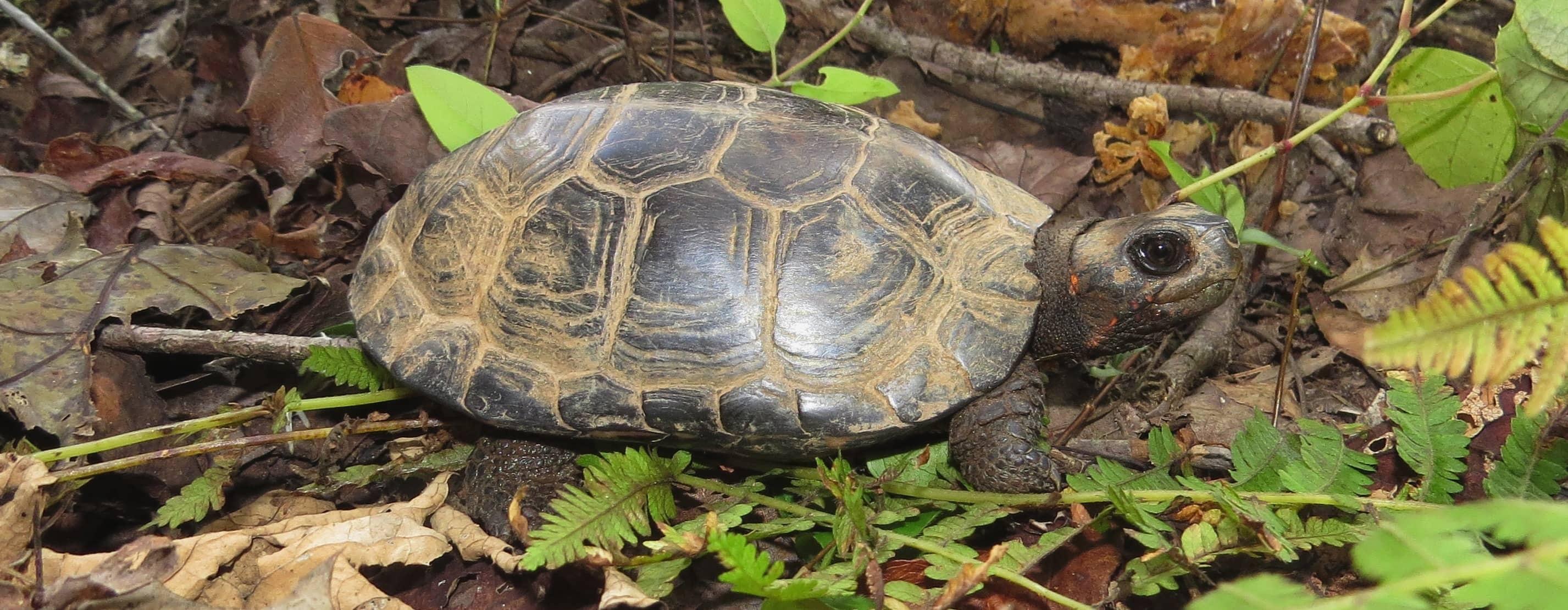Groundbreaking Survey Finds One Fifth of All Reptiles Species Could Go Extinct


Whether you think snakes, lizards, or alligators are cool or creepy, it’s a more frightening thought that many of those creatures may not be around for long.
The first-of-its-kind global assessment of reptiles finds that a significant percentage of reptile species around the world are threatened with extinction.
In all, of the 10,196 species assessed, researchers found that at least 1,829 (21%) of species were threatened with extinction (categorized as being vulnerable, endangered or critically endangered).
While crocodiles and turtles are among the most at-risk species, other reptiles in the study included lizards, snakes and tuatara, the only living member of a lineage that evolved in the Triassic period 200 million to 250 million years ago.
The survey finds the top threats to reptiles come from agriculture, logging, urban development and invasive species. Climate change is also a threat, but authors admit the risk posed in uncertain.
Those are some of the findings from a study published in the peer reviewed British journal Nature.
Scientists from The North Carolina Museum of Natural Sciences joined with researchers across the globe on the project, which was led by NatureServe, the International Union for Conservation of Nature (IUCN), and Conservation International.
Close to home, researchers found North Carolina harbors important populations of globally threatened reptile species, including: the Bog Turtle (Glyptemys muhlenbergii), Spotted Turtle (Clemmys guttata), Southern Hognose Snake (Heterodon simus), and even the state reptile, the Eastern Box Turtle (Terrapene carolina).
The photo above is of a hatchling bog turtle. The bog turtle is the smallest North American turtle species. It is listed as critically endangered. North Carolina harbors most of the world’s remaining Bog Turtles.
“All of these species are threatened with extinction from habitat loss, road mortality, and illegal collecting for the pet trade,” said Bryan Stuart, co-author of the study and Research Curator of Herpetology at the NC Museum of Natural Sciences. “This is a reminder that local conservation efforts here in North Carolina can have important impacts on maintaining global reptile biodiversity.”
The study did find a bit of good news: regulations already underway to conserve threatened mammals, birds and amphibians are likely to also benefit many threatened reptiles.
That’s because reptiles face many of the same risks as other animal groups, and conservation efforts made to protect those groups – including habitat restoration and controlling invasive species – may have also benefited reptiles.
“I was surprised by the degree to which mammals, birds and amphibians, collectively, can serve as surrogates to reptiles,” said Dr. Bruce Young, co-leader of the study and Chief Zoologist and Senior Conservation Scientist at NatureServe. “This is good news because the extensive efforts to protect better known animals have also likely contributed to protecting many reptiles.”
Despite that good news however, the authors note that urgent, targeted conservation measures are still necessary to protect some of the most threatened reptile species.
The study also highlighted what we stand to lose if we fail to protect reptiles. If each of the 1,829 threatened reptiles became extinct, we would lose a combined 15.6 billion years of evolutionary history — including countless adaptations for living in diverse environments.
“This is a crisis that threatens not only reptiles but all species, including humans,” said Maureen Kearney, a program director at from the National Science Foundation. "The potential loss of one-fifth of all reptile species reminds us how much of Earth's biodiversity is disappearing.”
